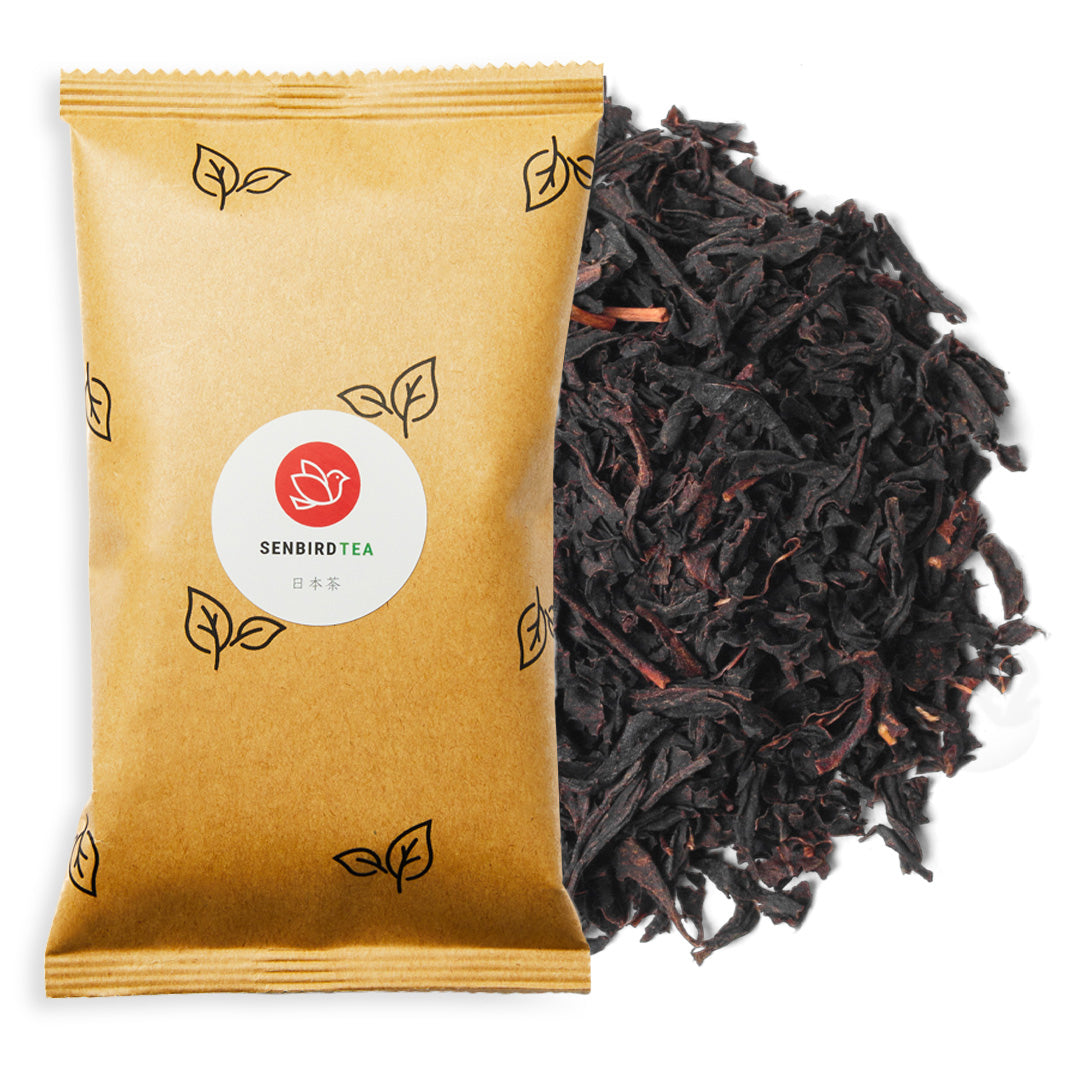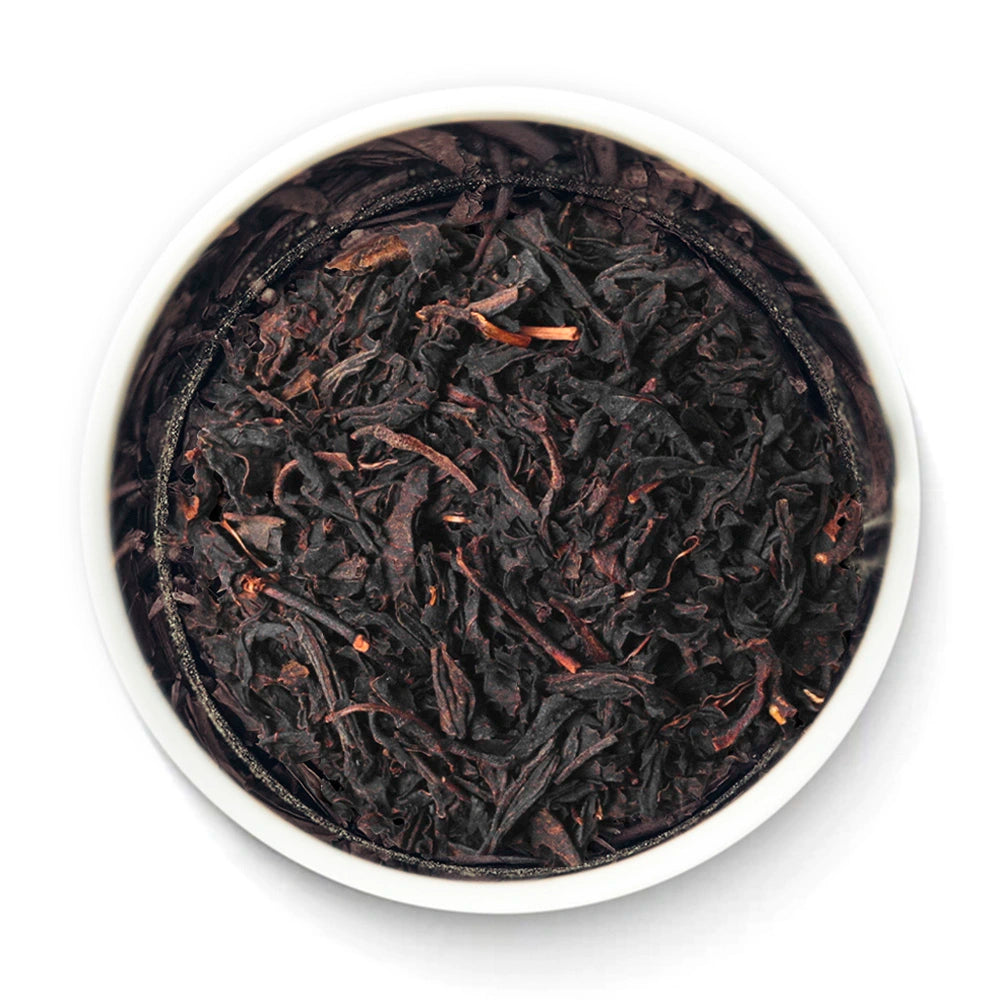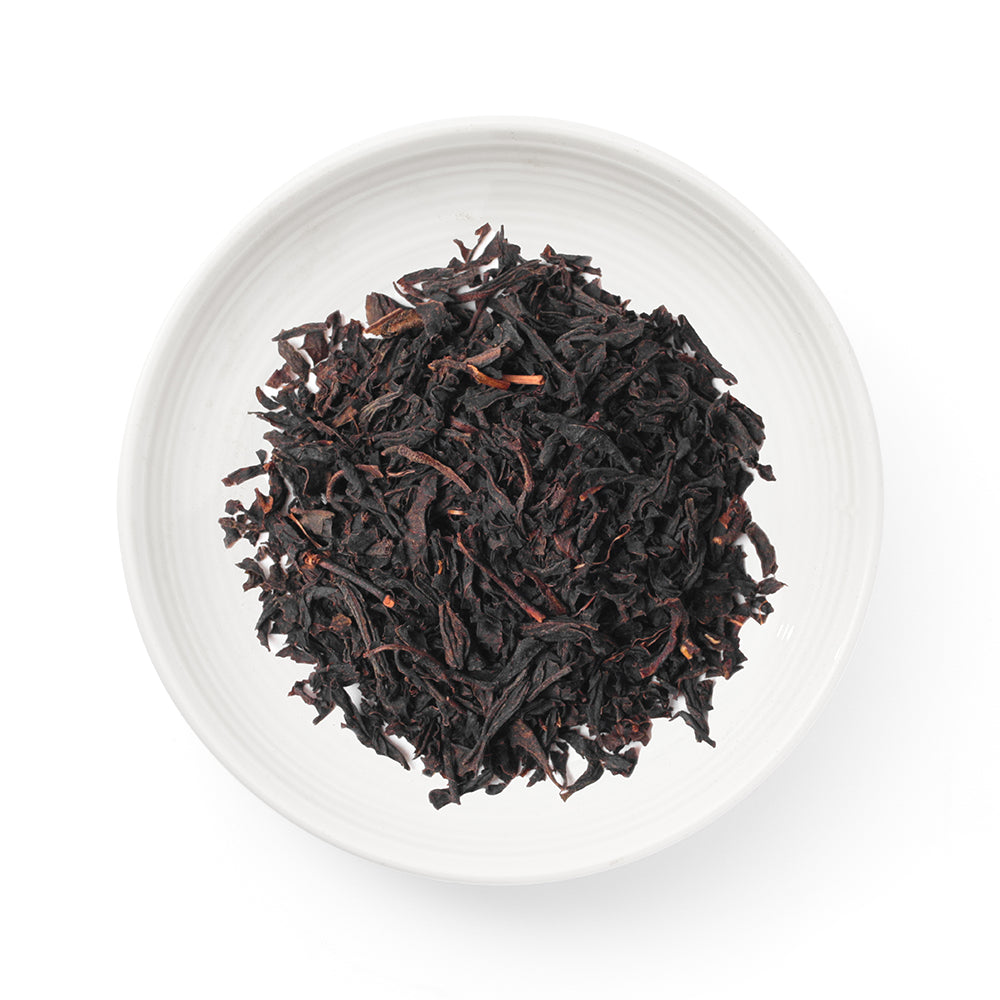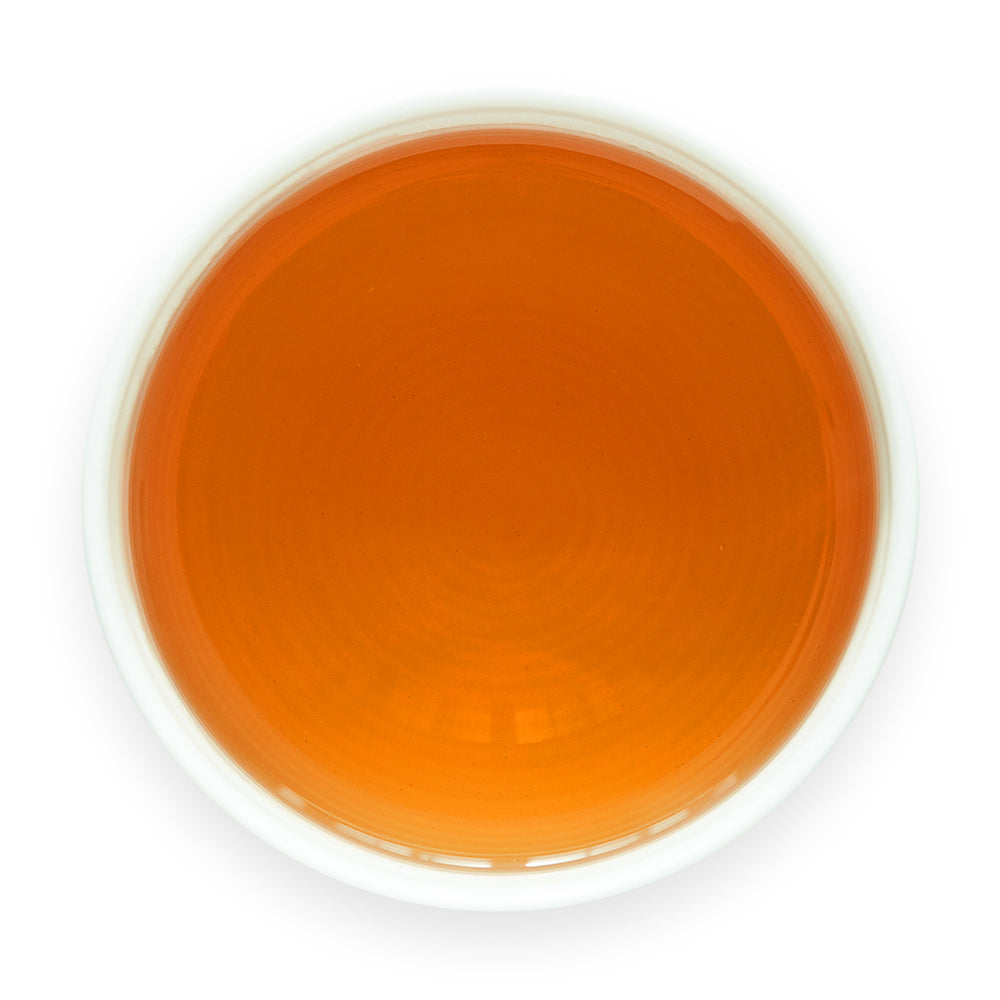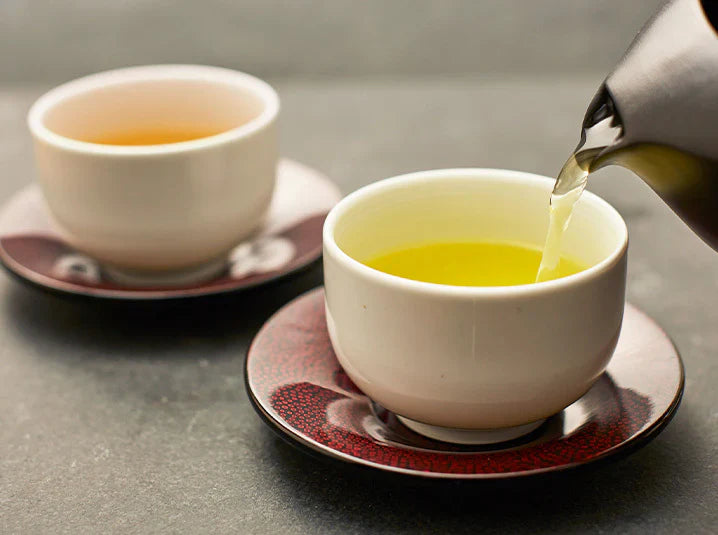
Japanese Tea vs. Chinese Tea: A Guide to the Key Differences
The world of tea is a vast and beautiful landscape, rich with history, culture, and flavor. At the center of it all are two of its most important traditions: Chinese tea, from the ancient birthplace of the beverage, and Japanese tea, a beloved and refined practice for the art of green tea.
While both traditions cherish the Camellia sinensis plant, they have cultivated distinctly different paths over the centuries. For the curious tea drinker, understanding the difference between Japanese tea and Chinese tea is the first step in a rewarding journey of discovery. It’s a comparison not of which is better, but of how two unique cultures have shaped the same leaf into different, yet equally delicious brews. This guide will walk you through the main differences, helping you choose the right tea for your cup.

The Key Difference: Steam vs. Pan-Fire
The most important difference between how Japanese and Chinese teas, especially green tea, are made happens right after the leaves are picked. To preserve their freshness and prevent them from oxidizing (which would turn them into oolong or black tea), the leaves must be heated. The method of this heating is what sets apart the tea's final character.

The Japanese Method: Steaming
In Japan, the standard is to quickly steam the fresh tea leaves. This humid heat locks in the vibrant green color of the leaf and fresh, vegetal flavors and aromas that make Japanese tea so distinct. It’s the reason a cup of Sencha tastes bright and grassy, and why Matcha has such a rich, savory flavor, often called umami. The final brew is a pure, clean expression of the tea leaf itself.

The Chinese Method: Pan-Firing
In China, the more common method is to roast the leaves in a large, hot wok or rotating drum. This dry heat gently toasts the leaves, creating a softer, more mellow flavor. This process brings out nutty, earthy, and sometimes sweet or floral notes. It’s why a classic Chinese green tea like Longjing (Dragon Well) has a famously smooth, chestnut-like taste and a comforting aroma.
For a direct green tea comparison, think of it this way: Japanese steaming leads to a vibrant, savory brew, while Chinese pan-firing creates a smooth, toasty cup of tea.

A World of Tea: Focused Craft vs. Vast Variety
This core difference in production for Japanese tea and Chinese tea has led to two distinct approaches to creating tea varieties. This divergence is central to the Japanese tea vs Chinese tea comparison, resulting in a fascinating contrast: Japan's focused mastery of green tea versus China's vast and diverse tea library.

Japan: The Art of Green Tea
Japanese tea artisans have dedicated themselves to perfecting the art of green tea. This deep focus has created an incredible spectrum of flavors all within one category. The most popular Japanese teas include:
- Sencha: The classic, everyday Japanese green tea, balancing fresh flavor with a hint of sweetness.
- Matcha: A powder of shade-grown tencha green tea, whisked with water to create a creamy, full-bodied tea.
- Gyokuro: A premium, shade-grown tea prized for its deep, savory umami flavor.
- Hojicha: A roasted green tea that offers a warm, nutty flavor and has less caffeine.
- Genmaicha: A comforting blend of green tea and toasted brown rice with a pleasant, savory taste.
- Japanese Black Tea (Wakocha): An artisanal black tea prized for its smooth, mellow body, gentle sweetness, and malty notes.

China: A Diverse Tea Library
As the origin of all tea, China offers an incredible variety. Its vast landscape and artisans produce all six types of tea: green, black, white, oolong, yellow, and the fermented Puerh tea. This tradition offers a different kind of journey of endless exploration across a wide range of processing methods and flavor profiles.

Preparation and Brewing: The Art of the Resteep
The differences extend to how the tea is prepared in the cup, including the common practices of rinsing and resteeping.
The preparation for many Chinese teas often includes an extra first step: a quick rinse. Before the first proper infusion, teas like Puerh and ball-rolled oolongs are often rinsed with hot water for a few seconds. This discarded steep washes the leaves and helps them "awaken," unfurling to release their full flavor. After this rinse, these durable, whole-leaf teas are famous for being brewed multiple times—sometimes five, seven, or even more, with each infusion revealing a new layer of flavor.
This rinsing step is not recommended for Japanese teas. Their leaves are more delicate from the steaming and rolling process and are designed to release their rich flavor quickly and fully. Rinsing would wash away much of this wonderful character. Because their flavor is released so readily, most Japanese teas are typically resteeped only two to three times before the brew is considered spent.

Tea Culture: Mindful Moments vs. Social Connection
Finally, the way tea is enjoyed in each culture also differs.
The Japanese tea tradition is famously represented by the Chanoyu, or tea ceremony. This is a mindful practice where preparing and serving tea becomes a quiet moment focused on harmony and respect. This spirit of finding appreciation in a simple ritual is an essential part of the culture surrounding Japanese tea. Outside formal settings, everyday tea drinking in Japan (like sencha or hojicha at home or in cafés) is common and casual yet still carries a quiet appreciation and seasonal sensitivity.
In China, tea is deeply connected to social life. It's a gesture of hospitality, a reason to gather and talk, and a daily ritual that connects family and friends. Tea is a warm and constant presence in everyday life.

Chinese or Japanese Tea: Finding the Right One for You
When it comes to Japanese tea vs. Chinese tea, the best choice always comes down to the moment and the flavor you’re seeking.
Are you looking for a vibrant, clean, and savory green tea to awaken your senses? Or do you prefer the smooth, malty sweetness of a Japanese Black Tea? Each cup offers a unique world of flavor. We invite you to explore the rich tastes of Japanese tea and discover a ritual that brings a welcome moment of calm and appreciation to your day.
🍵 Drinking our tea? Snap a pic and tag us on Instagram at @senbirdtea or #senbirdtea. We’d love to see your moment with tea!
If you want to read more articles on health benefits, explore them here:
- How to Store Tea Properly: 7 Tips for Freshness
- Japanese Green Tea Cultivars and Characteristics: Everything You Need to Know
- Ultimate Green Tea Guide: Types of Japanese Green Tea
- 7 Best Japanese Teas for Immune System Support
- Sencha Green Tea for Detoxing and Cleansing
- 4 Health Benefits of Drinking Hot Tea in Summer
- 6 Tips on Mindful Tea Drinking
Share your moment with us and stay connected on:



